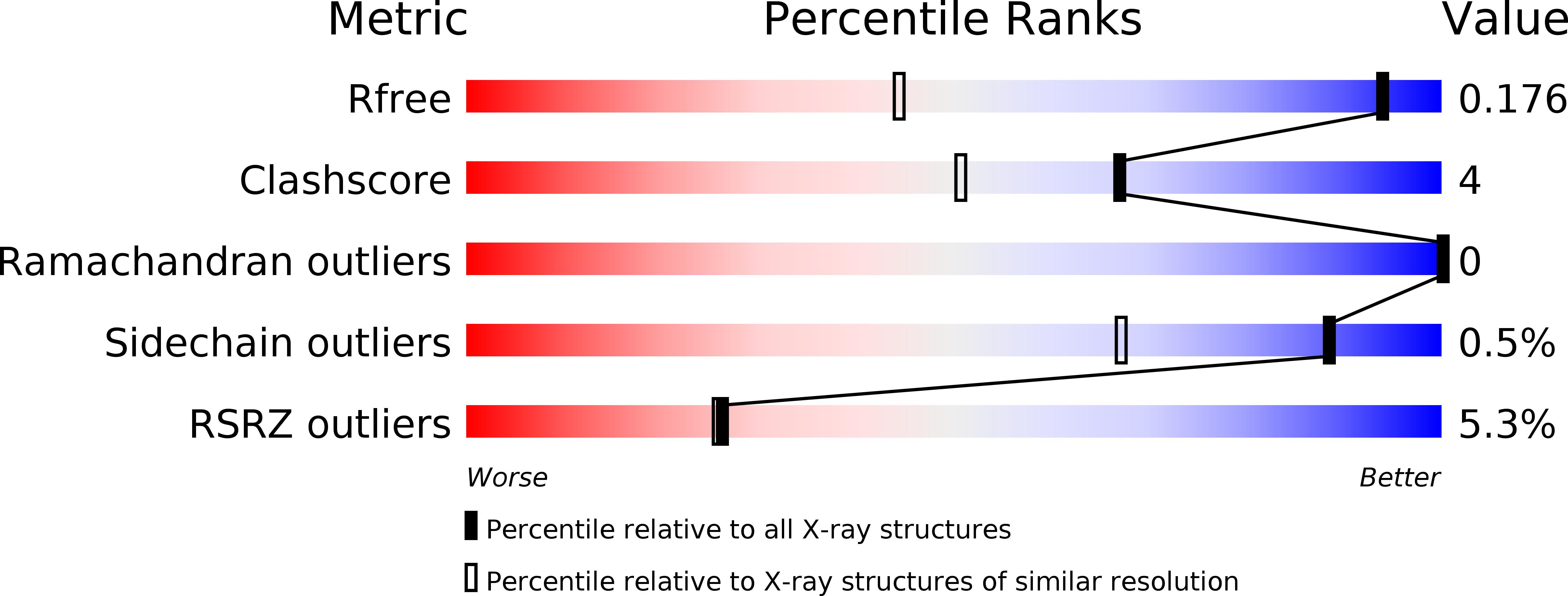
Deposition Date
2016-03-06
Release Date
2017-01-11
Last Version Date
2024-11-20
Entry Detail
Biological Source:
Source Organism:
Camelidae (Taxon ID: 9835)
Mus musculus (Taxon ID: 10090)
Mus musculus (Taxon ID: 10090)
Host Organism:
Method Details:
Experimental Method:
Resolution:
1.20 Å
R-Value Free:
0.17
R-Value Work:
0.15
R-Value Observed:
0.15
Space Group:
P 21 21 21


